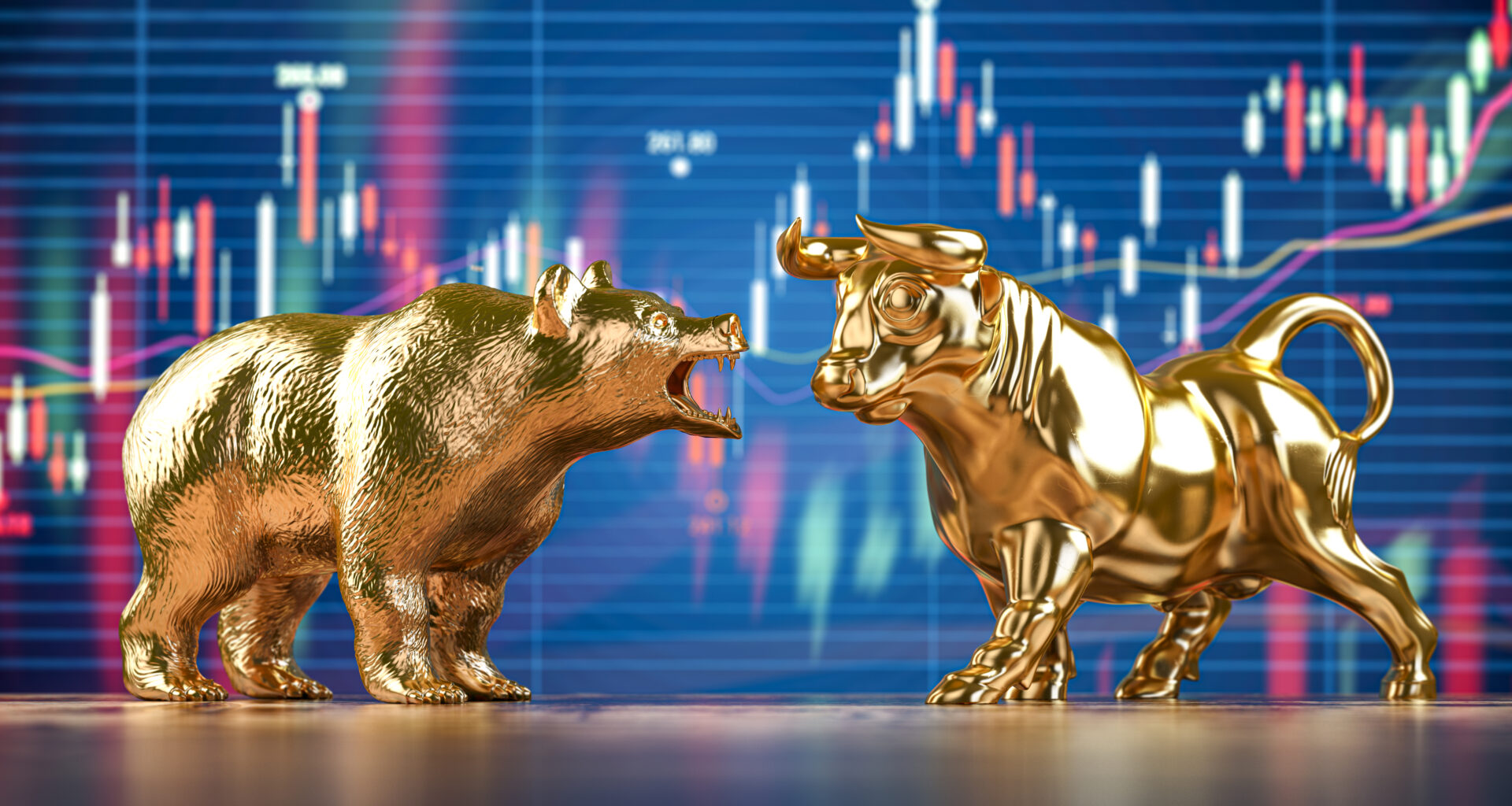Wall Street will be laser focused on Federal Reserve Chairman Jerome Powell at the end of this month.
Corporate America just entered earnings season for the quarter ended Sept. 30. Toward the end of October, some of the most influential companies in areas like artificial intelligence will give investors an update on their progress, which could determine the direction of the entire market for the remainder of 2025.
However, on Oct. 29, the U.S. Federal Reserve will conclude a two-day policy meeting where it’s widely expected to deliver an interest rate cut. The economy is at a crossroads with sticky inflation and a rising unemployment rate, so the central bank’s decision — and subsequent commentary from Chairman Jerome Powell — could be just as important as the imminent wave of corporate earnings.
Here’s what it means for the benchmark S&P 500 (^GSPC 0.53%) stock market index.
Image source: Getty Images.
The Fed’s dual mandate is in conflict
The Fed has two primary objectives as mandated by law:
Maintain price stability. This means keeping the Consumer Price Index (CPI) measure of inflation increasing at a rate of around 2% per year.
Maintain full employment. This means creating an environment that supports job creation, although the Fed doesn’t have a specific target for the unemployment rate.
The latest CPI reading from August showed that inflation is increasing at an annualized rate of 2.9%. That is far closer to the Fed’s 2% target than it was back in 2022, when it soared to a 40-year high of 8%. However, 2.9% marked the highest reading of 2025 so far, rising considerably from the April low point of 2.3%.
Normally, interest rate cuts would be off the table with the rate of inflation rising, but the other half of the Fed’s mandate might warrant some action. The U.S. economy added 73,000 new jobs in July, which was far below the 110,000 economists had forecast. In that very same non-farm payrolls report, the Bureau of Labor Statistics also revised the May and June numbers down by a combined 258,000 jobs, implying the economy is much weaker than initially thought.
Then, in August, the economy added just 22,000 jobs while the unemployment rate rose to 4.3%, which was a four-year high. This suggests more people are looking for work but businesses simply aren’t hiring enough. In fact, according to the August Job Openings and Labor Turnover Survey (JOLTS), just 7.2 million jobs are currently available nationwide, which is near the lowest level since 2021. For some perspective, JOLTS peaked at 12.1 million openings in 2022.
The weak jobs data is the main reason the Fed cut the federal funds rate (overnight interest rate) in September. But the central bank is faced with a new challenge, because the current U.S. government shutdown prevented the release of the latest non-farm payrolls report, so policymakers have very limited data with which to make a decision at the upcoming October meeting.
An October cut appears almost certain
The CME Group created a tool called FedWatch, which analyzes trading activity in the 30-Day Fed Funds futures contracts to calculate the probability of interest rate cuts. It currently implies there is a 95% chance of a rate cut in October, followed by a 94% chance of a December cut.
Policymakers on the Federal Open Market Committee seem to agree, because the Fed’s latest Summary of Economic Projections report, which was released in September, showed it expects to cut interest rates two more times by the end of the year.
Interest rate cuts are typically positive, but there’s a catch
Falling interest rates allow businesses to take on more debt, which can help them grow and expand. Lower rates also reduce interest costs, which is a tailwind for corporate earnings. Since the stock market typically trends higher on the back of growing corporate earnings, we can conclude that lower interest rates are positive for the S&P 500 in the long run.
However, investors don’t want to see the Fed slashing interest rates because the economy is overly weak. If the unemployment rate continues to tick higher, consumer spending could slow significantly, which would dent corporate earnings, potentially sending the S&P 500 lower in the short term.
The most recent example was in 2020, when investors feared the COVID-19 pandemic would plunge the U.S. economy into a recession. The S&P 500 suffered a peak-to-trough decline of 35% even though the Fed slashed interest rates to a historic low. The index did recover to a new high by the end of the year, however.
There is no indication of another major economic shock on the horizon, but the rising unemployment rate could signal trouble ahead. That’s why Wall Street will be listening very carefully to Fed Chairman Jerome Powell on Oct. 29 — if he is overly concerned about the state of the economy, investors might start trimming some of their exposure to growth assets like stocks in favor of safer income-producing assets like government bonds or even cash.
With all of that said, the S&P 500 has recovered from even the worst economic events, whether it be the pandemic, the global financial crisis in 2008, or the dot-com crash in 2000. Therefore, investors might want to use any weakness as a buying opportunity for the long term.

